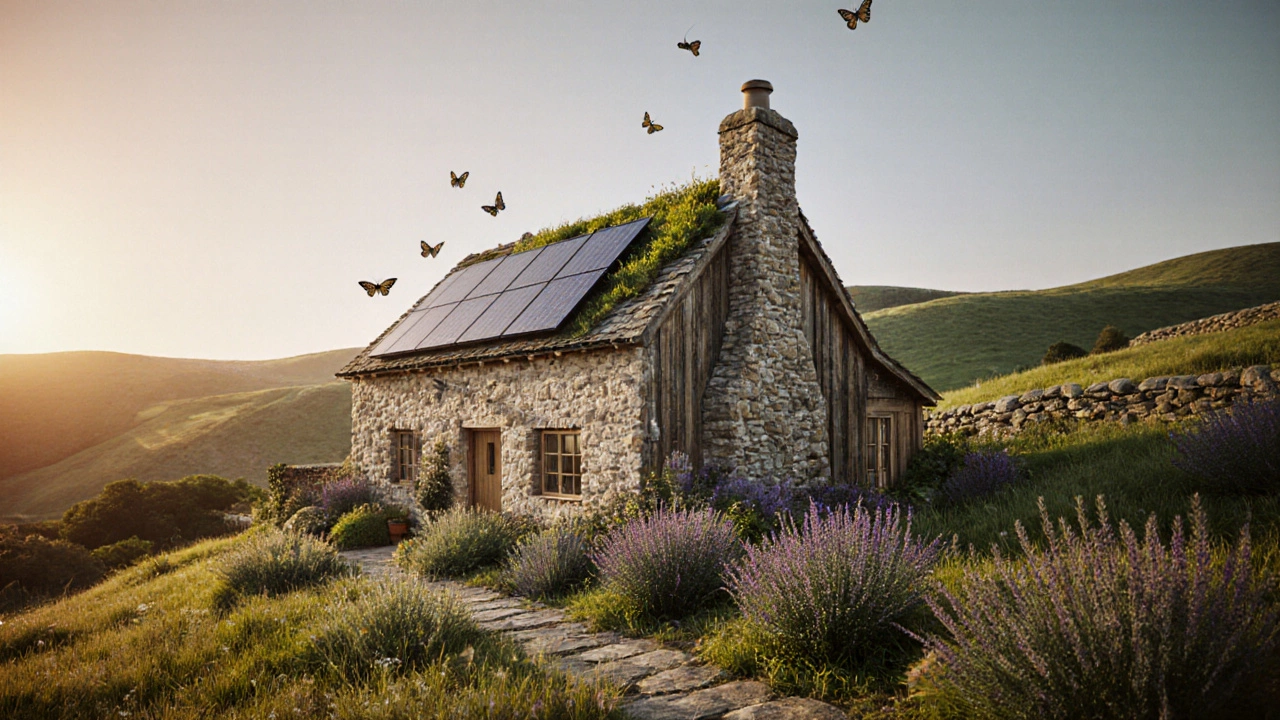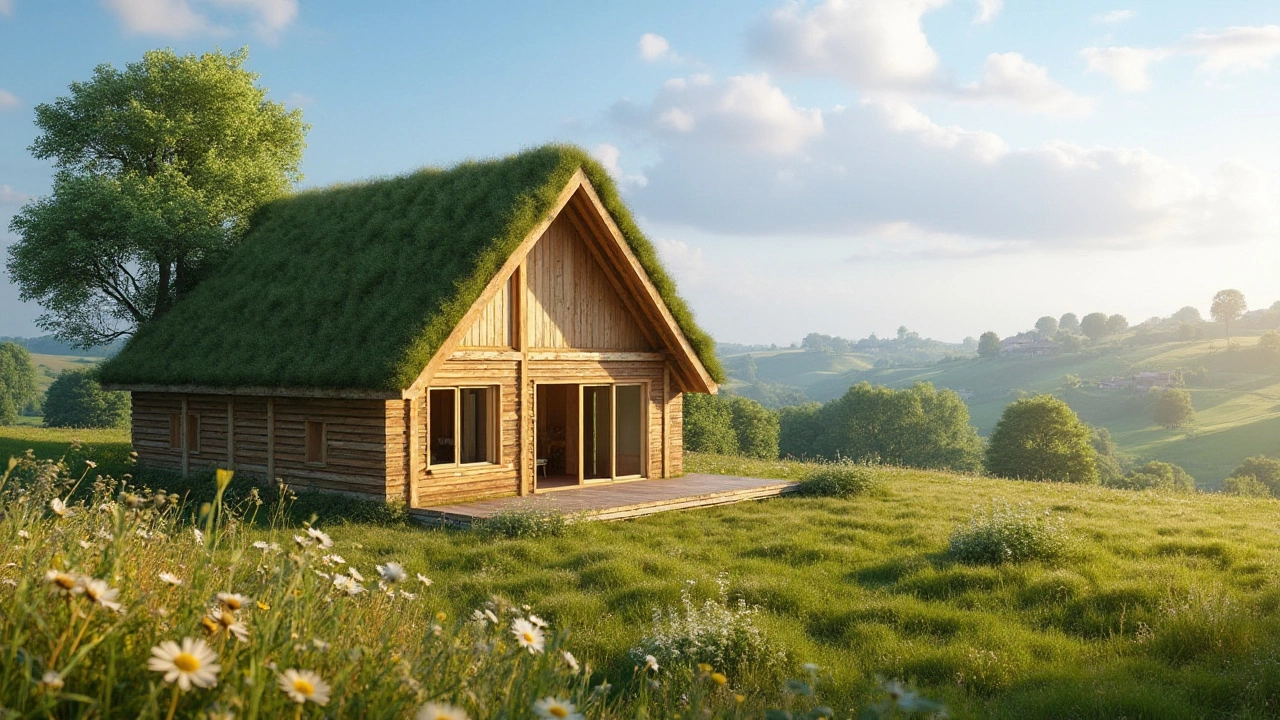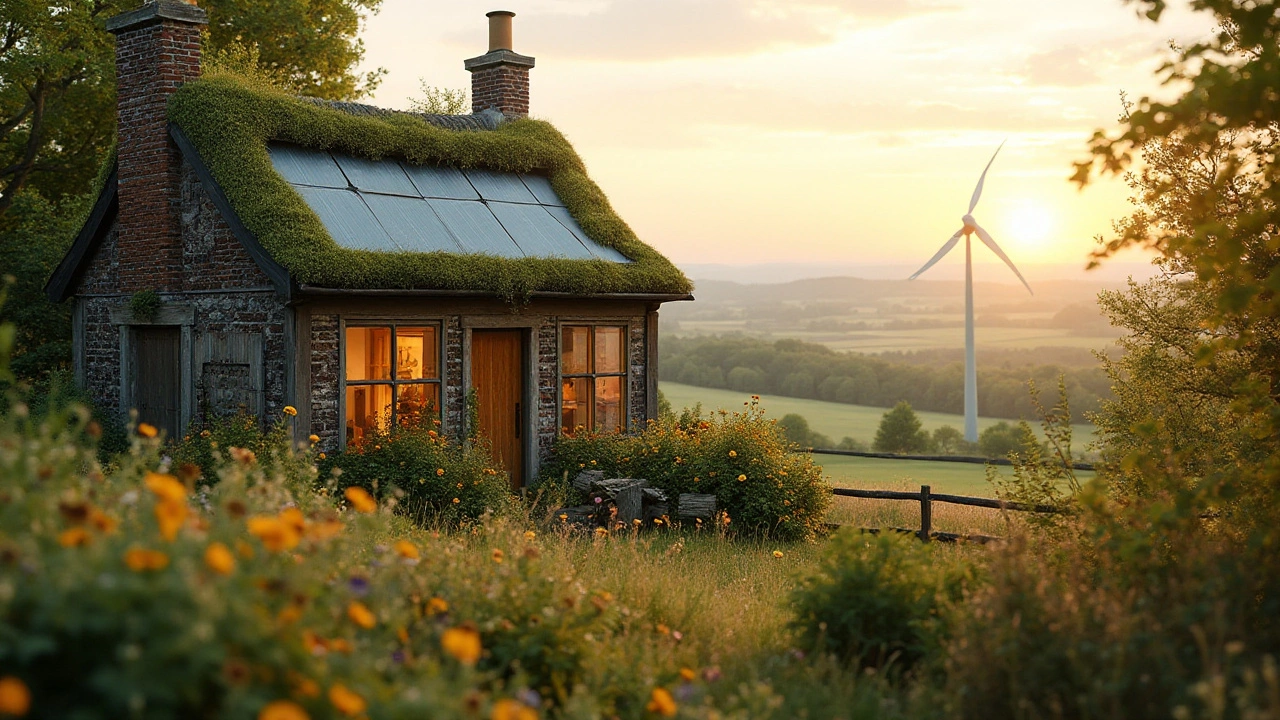Sustainable Building: Simple Ways to Build Greener Homes
Thinking about a new build or a renovation? You don’t have to choose between style and the planet. Sustainable building means using the right materials, following the latest UK rules, and keeping energy use low. In this guide we’ll break down the basics, point out common mistakes, and give you quick checklists you can start using today.
Choosing Green Materials
What you put into a wall or roof decides how much carbon it adds to the atmosphere. Look for materials that are locally sourced, renewable, or have a proven low‑impact record. For example, wood from responsibly managed forests, hempcrete, and recycled brick all score high on the eco‑friendly list. Our post “Best Eco‑Friendly Building Materials for Sustainable Homes” shows why these options beat concrete and steel in most UK projects.
On the flip side, avoid the usual suspects that hide a big carbon footprint. Plastics, untreated timber, and high‑gloss paints release chemicals and often travel far to get to your site. The article “What Building Materials Are Not Eco‑Friendly? Top Materials To Avoid” explains how each of these can hurt the environment and suggests greener replacements.
Navigating UK Planning Rules
The UK government is tightening rules on new homes to cut emissions. The Future Homes Standard, due in 2025, means any new build must meet stricter energy‑performance targets. Our “Eco‑Friendly Home Limits in the UK (2025)” guide walks you through the main hurdles – from heat‑pump requirements to insulation standards – and gives you a quick cost estimate for each.
Don’t let paperwork slow you down. Most local councils now have online checklists that tell you which sustainable features earn planning points. If you’re unsure, start with a simple audit: list your planned materials, compare them against the standard, and see where you can improve without breaking the budget.
Budget worries are common, but green building can actually save you money in the long run. Insulated walls, triple‑glazed windows, and renewable energy systems lower heating bills and boost resale value. The “Least Expensive House Styles to Build” post shows how a rectangle‑shaped layout reduces waste and cuts construction time, making it a perfect partner for sustainable design.
Ready to get started? Grab a notebook and write down three things you can change today: swap a standard brick for reclaimed stone, add a solar‑ready roof space, or ask your architect to model a passive‑house design. Small tweaks add up, and you’ll feel better knowing your home leaves a lighter footprint.
At Venture Retreats we keep an eye on the latest trends, from eco‑friendly cottages to green hotels. Browse our tag page for more articles, real‑world case studies, and step‑by‑step guides that make sustainable building feel doable, not daunting.
Most Sustainable Building Methods for Eco‑Friendly Cottages
Learn the most sustainable way to build an eco‑friendly cottage, from low‑carbon materials and passive design to a step‑by‑step construction guide.
Finding the Perfect Location for Your Eco-Friendly Dream Cottage
Building an eco-friendly house requires careful consideration of several factors to ensure sustainability and harmony with nature. Selecting the right location is crucial, as it influences everything from energy efficiency to the ecological impact. Understanding local climate, accessibility to resources, and community sustainability practices can help in making informed decisions. This article provides insights into ideal settings for constructing an environmentally conscious home, aiming to assist eco-conscious individuals in their journey to sustainable living.
Steps to Building Your Eco-Friendly Dream Cottage
Building an eco-friendly cottage involves choosing sustainable materials, utilizing renewable energy sources, and incorporating smart designs that harmonize with the environment. From selecting the right location to implementing green technologies, each step aims to reduce the ecological footprint without compromising comfort. This article provides guidance on essential elements like insulation, water conservation, and sustainable landscaping, turning your cottage into an oasis of environmental harmony. Readers will find practical tips and inspiring ideas to craft a cozy, green retreat.


